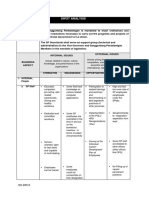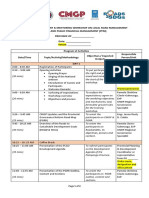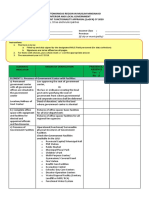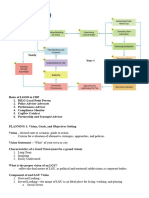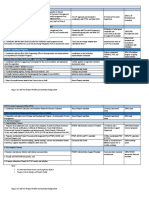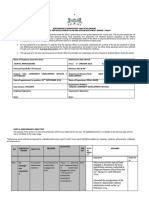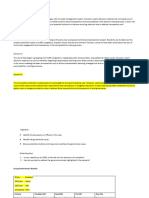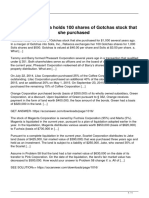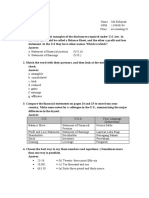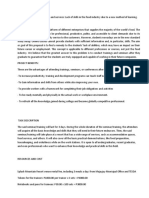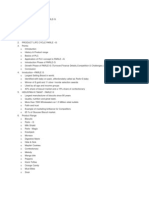0% found this document useful (0 votes)
23 views4 pagesRedeveloping Reg'l Structure and Functions of PMO
Uploaded by
Regine ArienteCopyright
© © All Rights Reserved
We take content rights seriously. If you suspect this is your content, claim it here.
Available Formats
Download as PDF, TXT or read online on Scribd
0% found this document useful (0 votes)
23 views4 pagesRedeveloping Reg'l Structure and Functions of PMO
Uploaded by
Regine ArienteCopyright
© © All Rights Reserved
We take content rights seriously. If you suspect this is your content, claim it here.
Available Formats
Download as PDF, TXT or read online on Scribd
/ 4



